The natural world is full of creatures that seem too bizarre to be real. From deep-sea monsters to forest-dwelling oddities, some animals look like they’ve stepped straight out of a myth or a fantasy novel. These creatures, with their otherworldly appearances and incredible adaptations, remind us that reality can be stranger than fiction. In this listicle, we’ll explore 15 terrifying yet real animals that will leave you marveling at the wonders of evolution.
1. Okapi
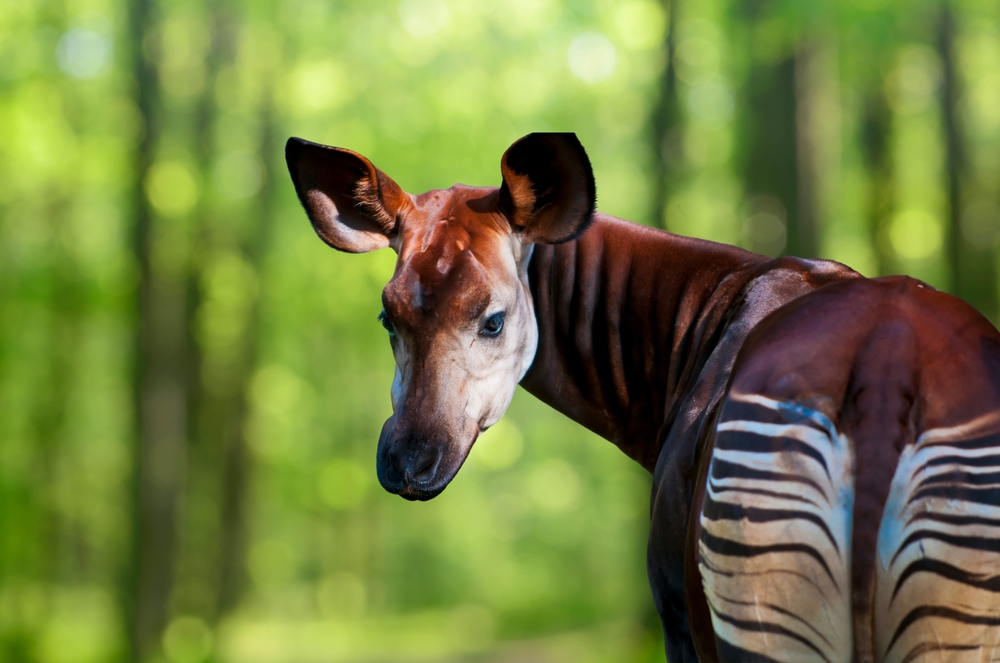
The okapi, often called the “forest giraffe,” is a creature that looks like a mix between a zebra and a deer. Native to the dense rainforests of the Democratic Republic of Congo, this elusive animal was once thought to be a mythical creature by European explorers. Its striped legs and long tongue make it uniquely adapted to its environment, allowing it to navigate the forest floor and reach leaves high in the trees according to San Diego Zoo – Okapi.
Despite its striking appearance, the okapi is incredibly shy and solitary, making it difficult to spot in the wild. It is closely related to giraffes but is much smaller and has a shorter neck. Sadly, habitat destruction and poaching have made the okapi an endangered species. Conservation efforts are underway to protect this unique animal, but its future remains uncertain. The okapi is a reminder of the hidden wonders of the rainforest.
2. Axolotl
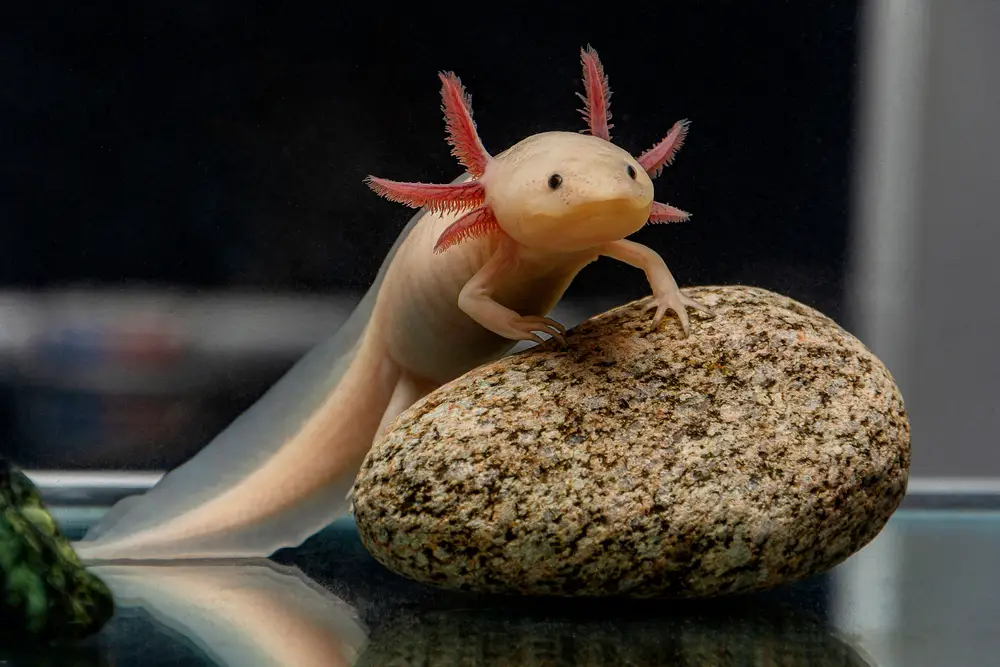
The axolotl, often called the “Mexican walking fish,” is a creature that defies expectations. With its frilly gills, wide eyes, and permanent smile, this aquatic salamander looks like it belongs in a fairy tale. Native to the lakes of Mexico, the axolotl is famous for its incredible ability to regenerate entire limbs, spinal cords, and even parts of its heart and brain, according to National Geographic. This unique trait has made it a subject of intense scientific research, as scientists hope to unlock its secrets for human medicine.
Despite its cute appearance, the axolotl is critically endangered in the wild due to habitat loss, pollution, and the introduction of invasive species. Today, Most axolotls are found in captivity, bred for research and the pet trade. Their regenerative ability has fascinated biologists for decades, but their survival in the wild remains uncertain. These mythical-looking creatures are a reminder of how fragile and extraordinary life can be.
3. Narwhal
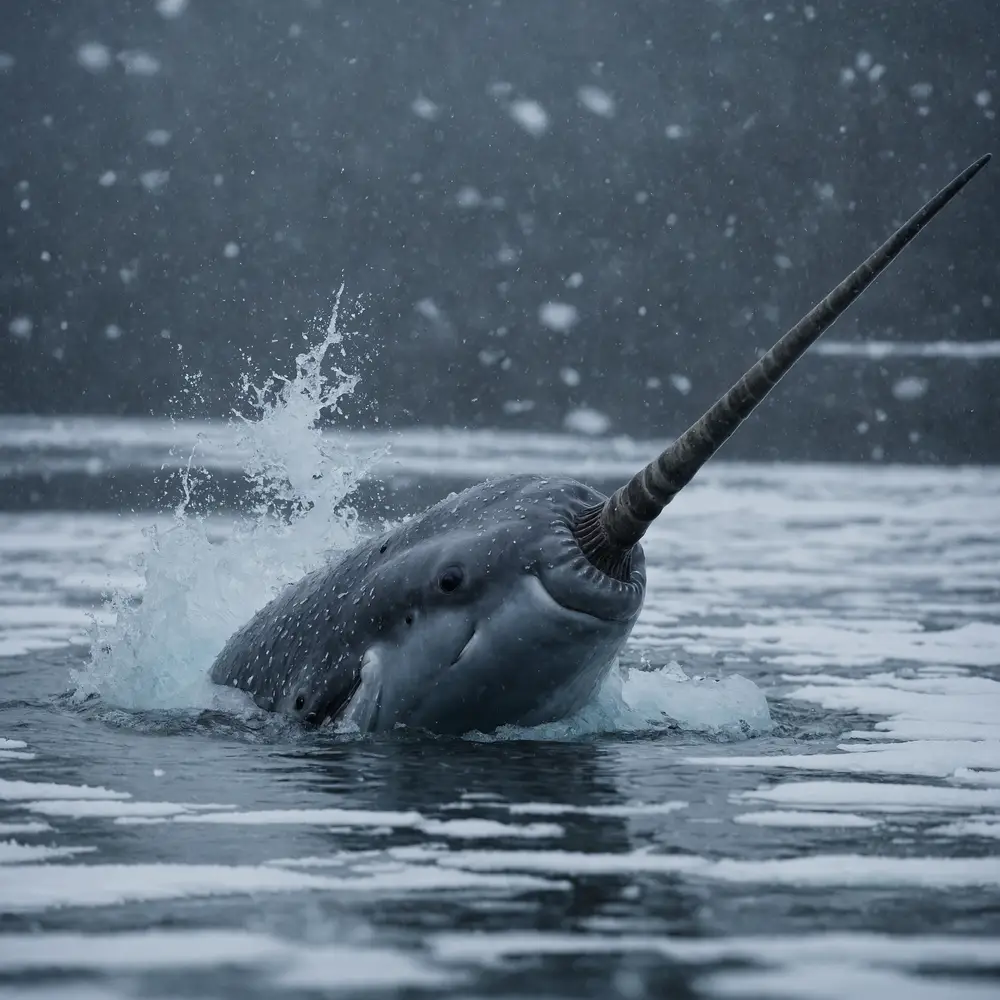
The narwhal, often referred to as the “unicorn of the sea,” is a real-life Arctic whale that seems to have stepped out of legend. Its most striking feature is its long, spiral tusk, which can grow up to 10 feet long. This tusk is actually an elongated tooth that scientists believe is used for sensing changes in the environment, breaking ice, or even for social displays. Narwhals are elusive creatures living in the icy waters of the Arctic, where humans rarely see them, according to World Wildlife Fund.
Despite their mythical appearance, narwhals are highly social animals that travel in pods. Their tusks have inspired legends for centuries, with medieval Europeans believing they were magical and had healing powers. Today, narwhals face threats from climate change, which is rapidly altering their icy habitat, and from human activities like shipping and oil exploration. These majestic creatures are a symbol of the Arctic’s beauty and fragility.
4. Glaucus Atlanticus
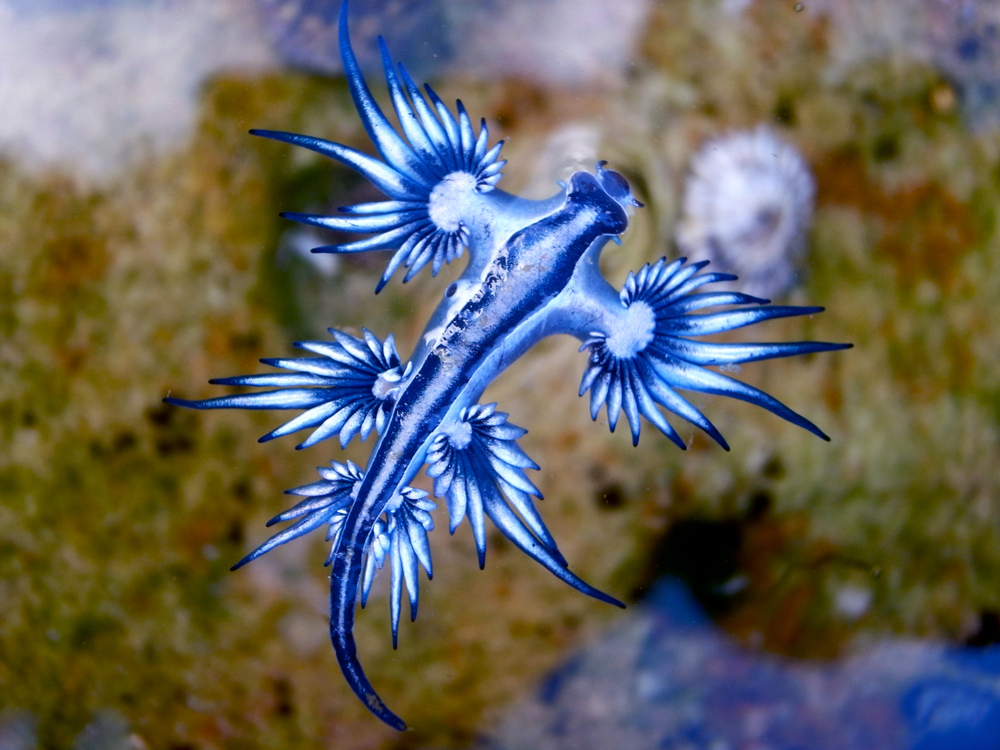
The Glaucus Atlanticus, also known as the “blue dragon,” is a tiny sea slug that looks like a mythical creature from a fairy tale. Its vibrant blue and silver coloration helps it blend into the ocean’s surface, where it floats upside down. Despite its small size, this creature is a fierce predator that feeds on venomous jellyfish, including the Portuguese man o’ war, according to the Australian Museum.
What makes the blue dragon even more fascinating is its ability to store the venom from its prey and use it for its own defense. This makes it dangerous to humans who might accidentally touch it while swimming. Its otherworldly appearance has made it a favorite among marine enthusiasts, but its survival is threatened by ocean pollution and climate change. The blue dragon is a stunning example of nature’s creativity.
5. Saiga Antelope
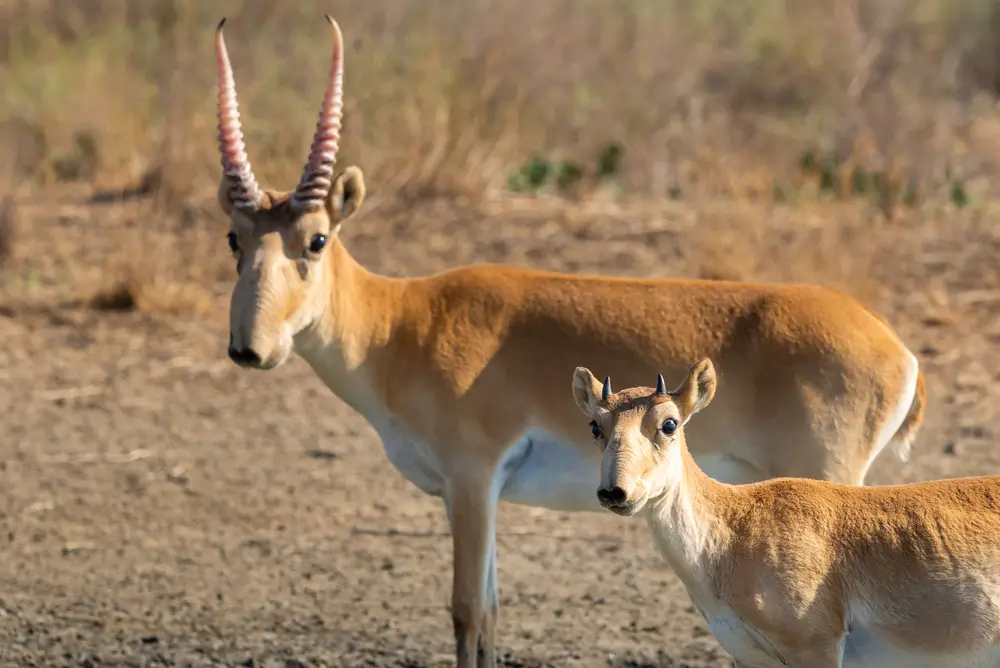
The saiga antelope looks like it belongs in a sci-fi movie with its bulbous, trunk-like nose. This unique nose helps filter dust and regulate body temperature in the harsh steppes of Central Asia. Unfortunately, the saiga antelope is critically endangered due to poaching for its horns and disease outbreaks that have decimated its population.
Once roaming in massive herds, the saiga population has plummeted by over 95% in recent decades. Conservation efforts are underway to protect this bizarre-looking animal, but its future remains uncertain. Its strange appearance and tragic story make it a symbol of the fragility of wildlife. The saiga antelope is a reminder of how quickly a species can decline without proper protection.
6. Aye-Aye
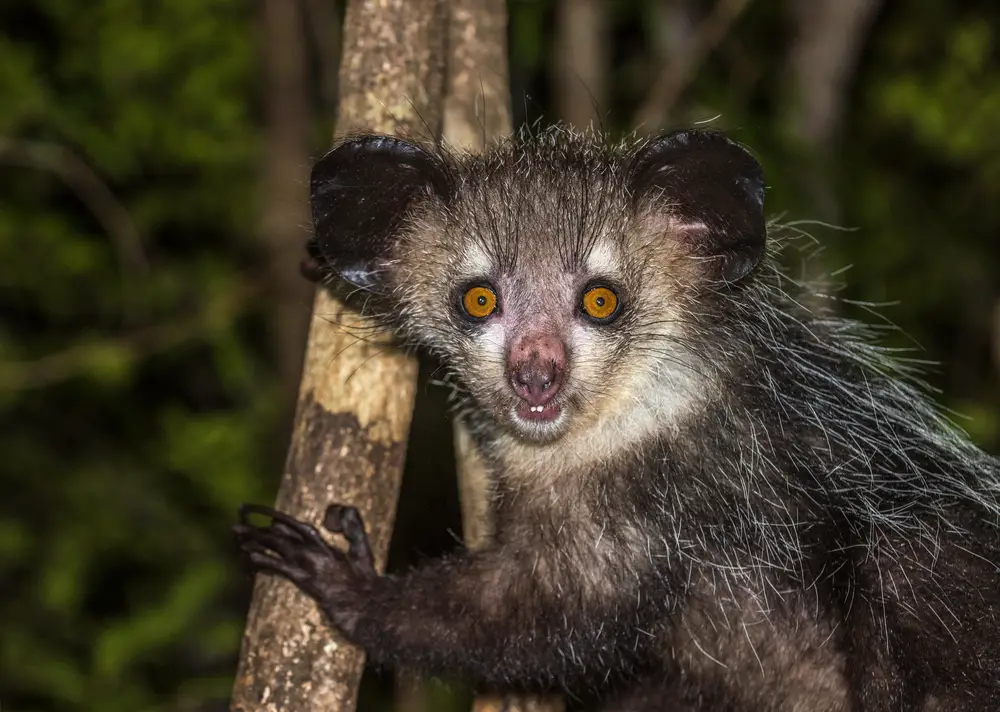
The aye-aye is a lemur from Madagascar that looks like a creature from a horror movie. With its large, bulging eyes, long bony fingers, and bushy tail, the aye-aye is one of the most unusual primates on Earth. It uses its elongated middle finger to tap on trees and extract insects, a behavior known as percussive foraging.
Despite its eerie appearance, the aye-aye plays a vital role in its ecosystem by controlling insect populations. Unfortunately, it is often killed by locals who believe it brings bad luck. Conservation programs are working to protect this unique animal and change local perceptions. The aye-aye is a testament to the diversity of life on Earth.
7. Star-Nosed Mole
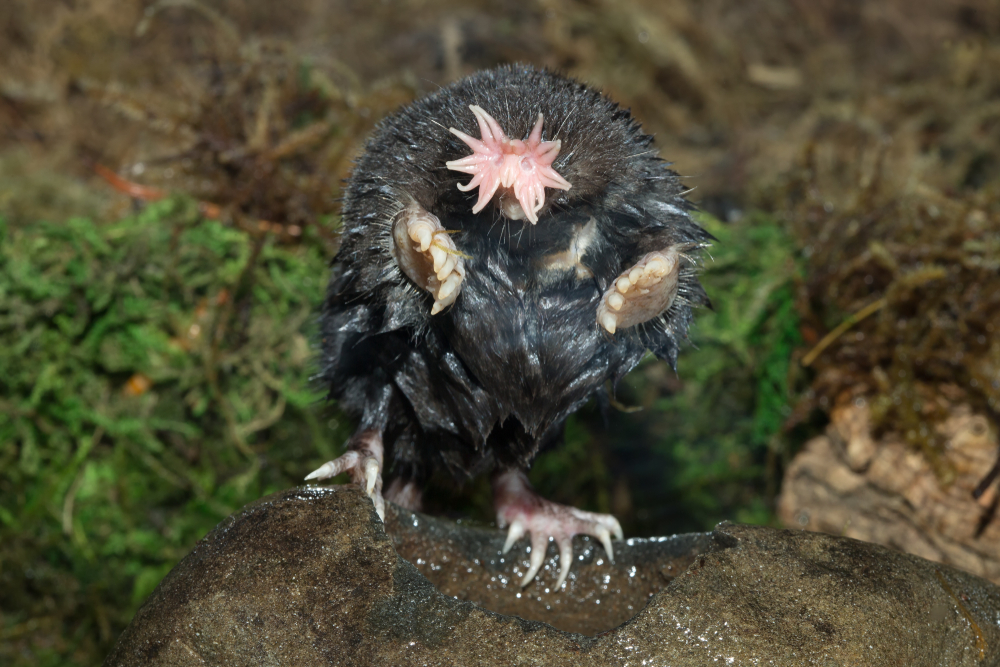
The star-nosed mole looks like an alien with its bizarre, star-shaped nose made up of 22 fleshy tentacles. This nose is one of the most sensitive touch organs in the animal kingdom, allowing the mole to detect and consume prey in milliseconds. Found in the wetlands of North America, this mole is a master of its underground habitat.
Despite its strange appearance, the star-nosed mole is a fascinating example of evolutionary adaptation. Its unique nose helps it navigate and hunt in complete darkness. While it may look terrifying, it poses no threat to humans. The star-nosed mole is a reminder of how diverse and specialized life can be.
8. Goblin Shark
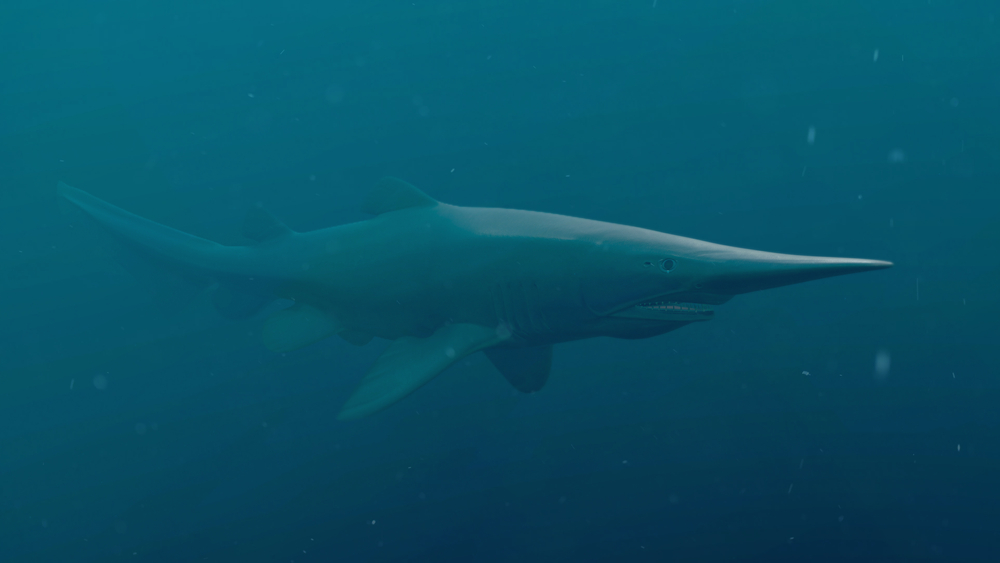
The goblin shark is a deep-sea predator that looks like a prehistoric monster. With its elongated snout and protruding jaws, this shark is rarely seen by humans. It lives in the depths of the ocean, where it uses its extendable jaws to snatch prey in the dark.
Despite its terrifying appearance, the goblin shark is not a threat to humans due to its deep-sea habitat. Its unique appearance has earned it the nickname “living fossil,” as it resembles ancient shark species. This elusive creature remains one of the ocean’s greatest mysteries. The goblin shark is a reminder of how much we still have to learn about the deep sea.
9. Mantis Shrimp
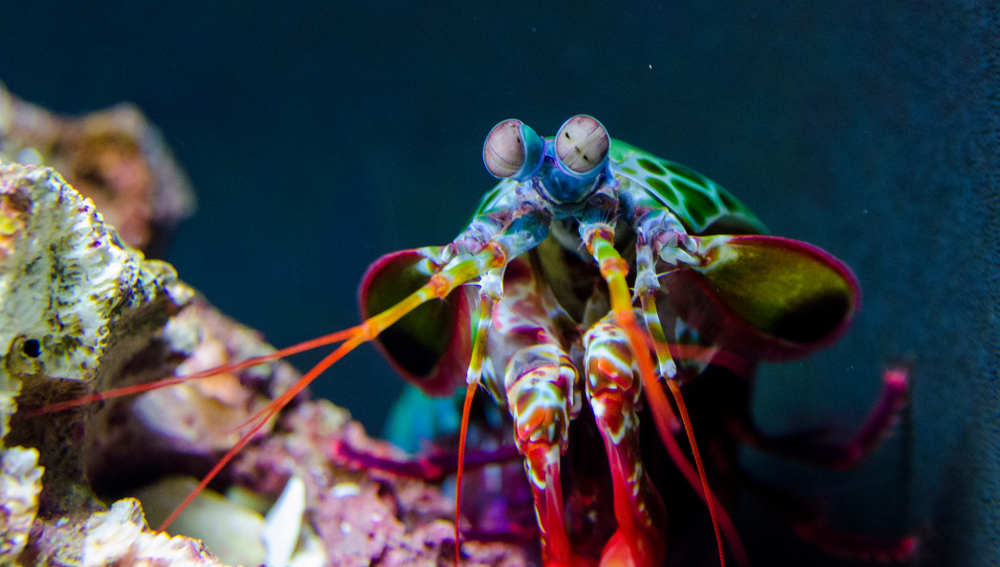
The mantis shrimp is a colorful marine creature with a punch so powerful it can break glass aquarium walls. Its club-like appendages can strike with the speed of a bullet, making it one of the most formidable predators in the ocean. Despite its small size, the mantis shrimp is a force to be reckoned with.
What’s even more fascinating is its ability to see colors humans can’t even imagine. Its complex eyes have 16 color receptors, compared to humans’ three. This makes the mantis shrimp one of the most visually advanced creatures on Earth. The mantis shrimp is a testament to the wonders of marine life.
10. Tufted Deer
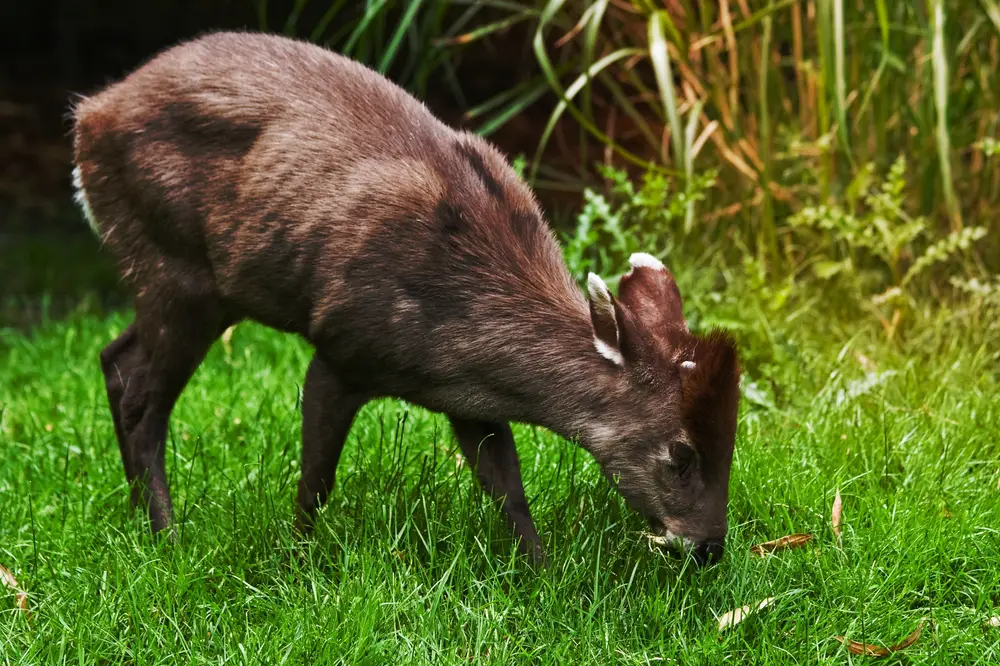
The tufted deer looks like a vampire deer with its fang-like tusks and dark, tufted fur. Found in the forests of China and Myanmar, this small deer is a shy and elusive creature. Its tusks are actually elongated canine teeth used for fighting and display.
Despite its intimidating appearance, the tufted deer is a herbivore that feeds on leaves, fruits, and grasses. Habitat loss and hunting have made this unique deer vulnerable to extinction. Its unusual appearance makes it a standout among deer species. The tufted deer is a reminder of the diversity of life in Asia’s forests.
11. Japanese Spider Crab
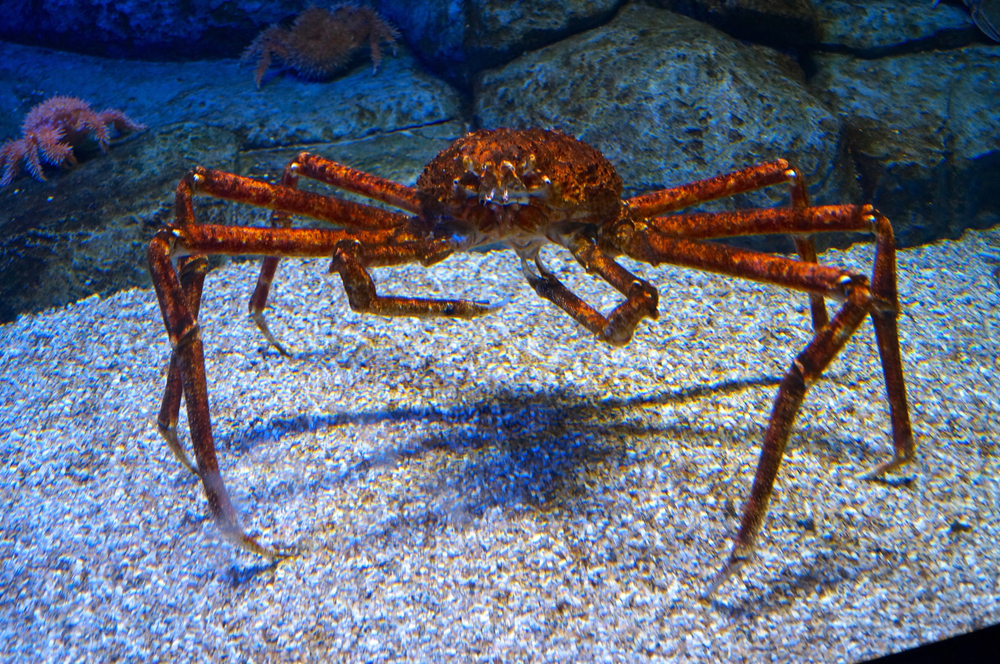
The Japanese spider crab is the largest arthropod in the world, with legs that can span up to 12 feet. This deep-sea creature looks like something from a sci-fi movie, with its spindly legs and massive body. Despite its intimidating size, it is a gentle giant that feeds on dead animals and plants.
Found in the waters around Japan, this crab is a delicacy in some regions, which has led to overfishing. Conservation efforts are in place to protect this fascinating creature. Its otherworldly appearance makes it a favorite among marine biologists. The Japanese spider crab is a reminder of the mysteries of the deep sea.
12. Irrawaddy Dolphin
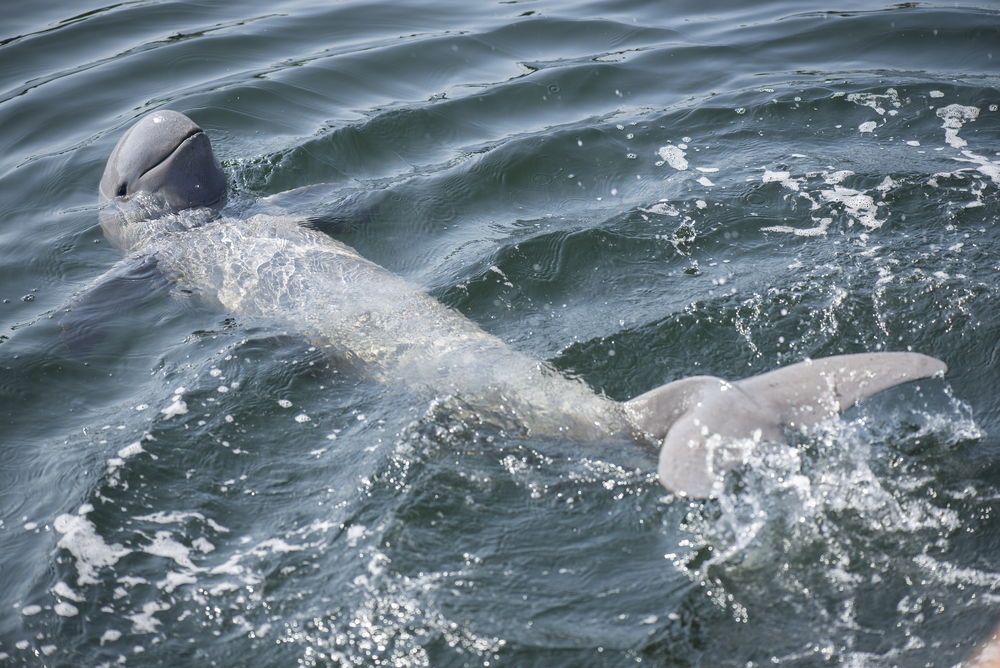
The Irrawaddy dolphin looks like a mythical sea creature with its rounded head and lack of a beak. Found in the coastal waters and rivers of Southeast Asia, this dolphin is known for its friendly and curious nature. Unfortunately, it is critically endangered due to habitat loss and fishing nets.
What makes the Irrawaddy dolphin unique is its ability to spit water to catch fish. This behavior, along with its unusual appearance, has made it a beloved symbol in local cultures. Conservation programs are working to protect this rare and enchanting animal. The Irrawaddy dolphin is a reminder of the beauty of aquatic life.
13. Satanic Leaf-Tailed Gecko
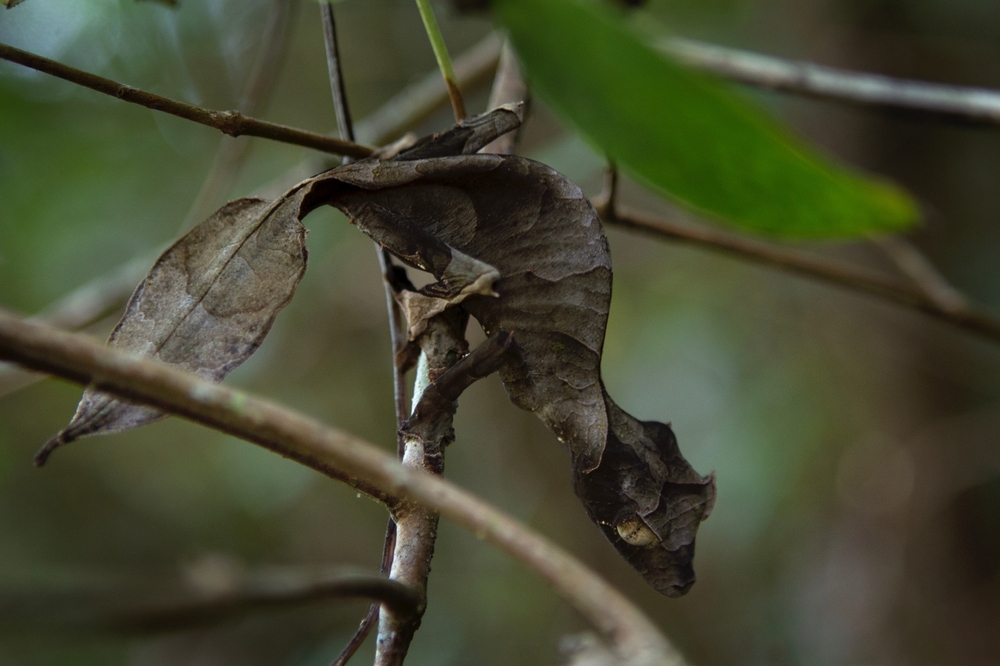
The satanic leaf-tailed gecko is a master of disguise, with a body that looks exactly like a dead leaf. Found in the forests of Madagascar, this gecko uses its camouflage to hide from predators and ambush prey. Its eerie appearance has earned it its devilish name.
Despite its scary name, this gecko is harmless to humans and plays a vital role in its ecosystem. Habitat destruction has made it vulnerable to extinction, but conservation efforts are underway. Its unique appearance makes it a favorite among reptile enthusiasts. The satanic leaf-tailed gecko is a testament to the wonders of evolution.
